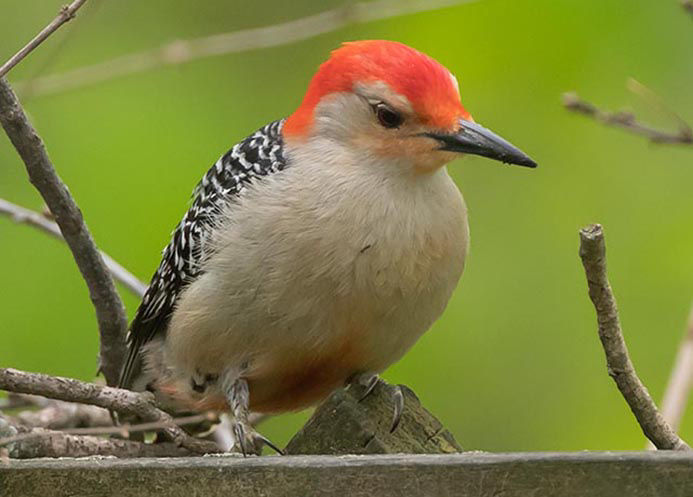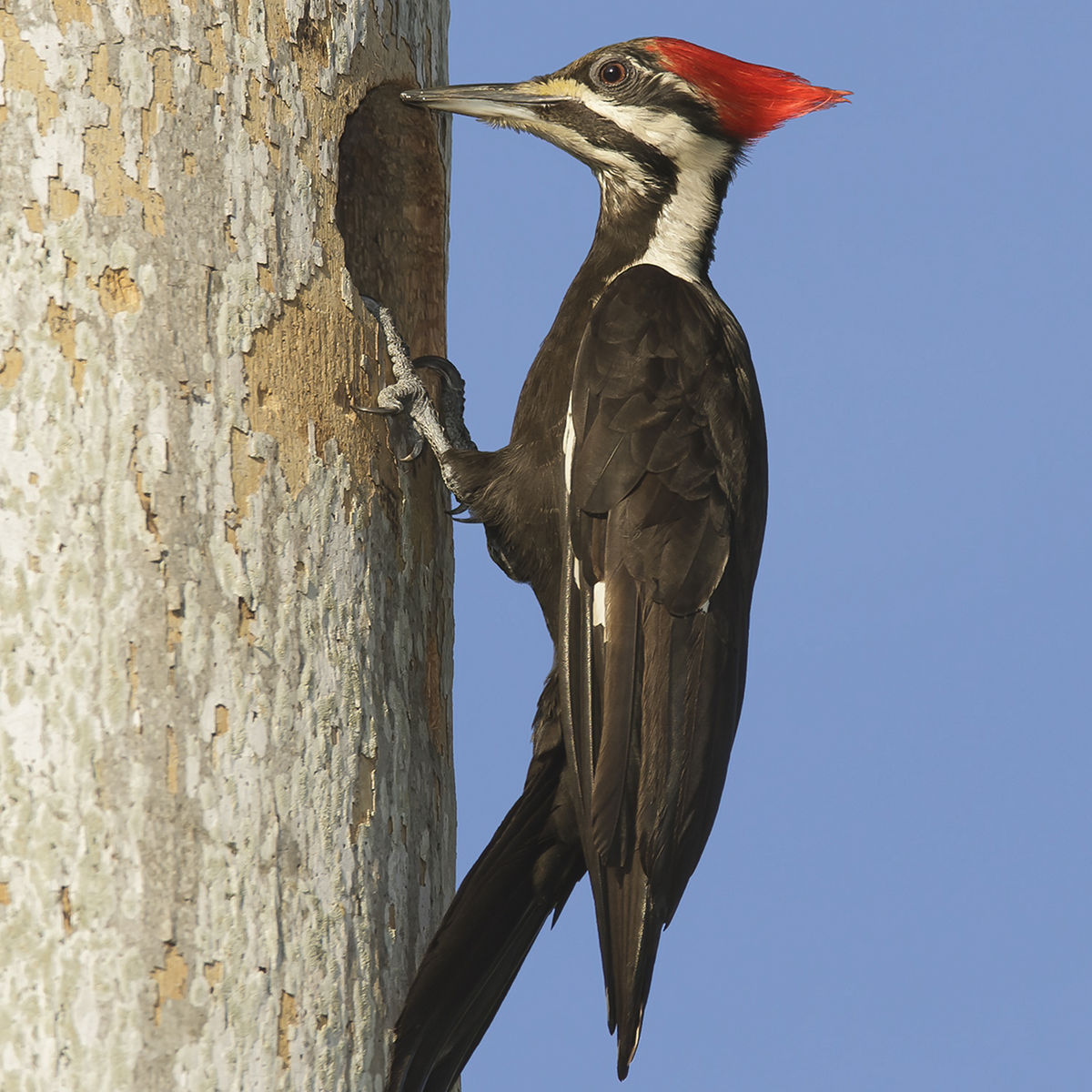Discovering Woodpeckers in Florida: Variety Diversity and Natural History
Discovering Woodpeckers in Florida: Variety Diversity and Natural History
Blog Article
Woodpeckers Unleashed: Checking Out the Marvels of These Experienced Tree Mountain Climbers
Woodpeckers, with their unique markings and balanced drumming echoing through wooded locations, hold a distinct place in the avian world - Woodpeckers in Florida. As we delve into the complex details of woodpeckers' nesting routines, feeding strategies, and the recurring preservation efforts to secure these exceptional birds, a much deeper gratitude for their place in nature unravels.
Makeup and Adaptations
When taking a look at the composition and adjustments of woodpeckers, one can observe impressive features that enable these birds to flourish in their specialized environmental specific niche. Furthermore, woodpeckers have zygodactyl feet, with 2 toes encountering forward and 2 dealing with backwards, offering a company grasp on tree trunks while they search for food or drum for interaction.
Moreover, woodpeckers have an one-of-a-kind tongue structure that is long, barbed, and sticky, enabling them to draw out pests from crevices in wood. This customized adaptation enables woodpeckers to manipulate a food source that is hard to reach to lots of other bird varieties. Generally, the makeup and adjustments of woodpeckers showcase the impressive transformative remedies that have actually allowed these birds to grow in their arboreal habitat.
Drumming Habits
Having actually checked out the makeup and adaptations of woodpeckers, the focus now changes to comprehending their drumming habits, a distinct aspect of their interaction and territorial display screens. Drumming is a vital type of communication amongst woodpeckers, offering several objectives such as developing regions, bring in companions, and signaling alarm system. Each woodpecker varieties has an one-of-a-kind drumming pattern that aids people acknowledge members of their own species and differentiate them from rivals or killers.
Woodpeckers generate drumming audios by swiftly pecking on resonant surface areas such as dead trees, energy poles, and even metal objects, creating a series of balanced beats. The strength and speed of drumming can vary based on the function; as an example, a quick drumming series may symbolize aggression towards intruders, while a slower and softer drumming pattern can suggest courtship (Woodpeckers in Florida). Additionally, woodpeckers might adjust the frequency and period of their drumming to share details messages efficiently
Nesting Routines
Checking out the nesting practices of woodpeckers exposes interesting understandings right into their reproductive habits and habitat selections. Woodpeckers are known for their special nesting preferences, commonly excavating tooth cavities in trees to develop sheltered spaces for increasing their young. These tooth cavities serve not just as a nesting site yet also as a safe and secure haven from predators and severe weather condition.
Woodpeckers exhibit a high level of integrity to their nesting websites, commonly returning to the exact same area year after year. This behavior highlights the relevance of appropriate environment availability for their reproductive success. The choice of a nesting site is crucial for woodpeckers, with aspects such as tree species, height, and decay stage playing considerable duties in their decision-making process.
Remarkably, some woodpecker species are recognized to dig deep into several dental caries within their area, giving themselves with alternative nesting choices. This technique Source may serve as a kind of insurance coverage versus potential hazards or disturbances to their primary nesting website.

Feeding Methods
Woodpeckers utilize a selection of specialized feeding strategies to obtain their key food resources. Among the most unique feeding habits of woodpeckers is drumming, which involves quick pecking on trees to reveal bugs under the bark. This drumming not only aids them situate target however additionally works as a means of communication with other woodpeckers. Woodpeckers have strong, chisel-like beaks that enable them to pierce into wood easily. As soon as a hole is created, they use their long, barbed tongues to extract click bugs such as ants, beetles, larvae, and crawlers. These tongues are coated with sticky saliva that aids catch the target. Woodpeckers are also known to excavate dental caries in trees to access surprise insect larvae or sap. Some species, like the acorn woodpecker, store nuts in specifically produced holes called granaries. This calculated keeping of food assists them survive during food deficiency durations. Woodpeckers are genuinely amazing in their feeding strategies, showcasing adaptability and intelligence in obtaining their nutrition.
Preservation Efforts
Amidst the detailed feeding methods exhibited by woodpeckers, the preservation efforts aimed at guarding these remarkable birds play an essential role in protecting their environments and populaces. Woodpeckers deal click to investigate with various threats to their survival, including habitat loss due to logging, environment modification altering their communities, and collisions with man-made frameworks such as buildings and automobiles - Woodpeckers in Florida. Guardians are proactively working to resolve these challenges and make sure the long-lasting wellness of woodpecker varieties

Education and learning and public understanding projects are additionally essential elements of woodpecker preservation efforts. By elevating understanding regarding the significance of these birds in preserving healthy forest ecosystems, guardians can garner assistance for environment preservation campaigns and promote liable land monitoring methods. Via collaborative initiatives between researchers, policymakers, and regional areas, we can interact to secure a future where woodpeckers thrive in their natural environments.
Conclusion

Report this page